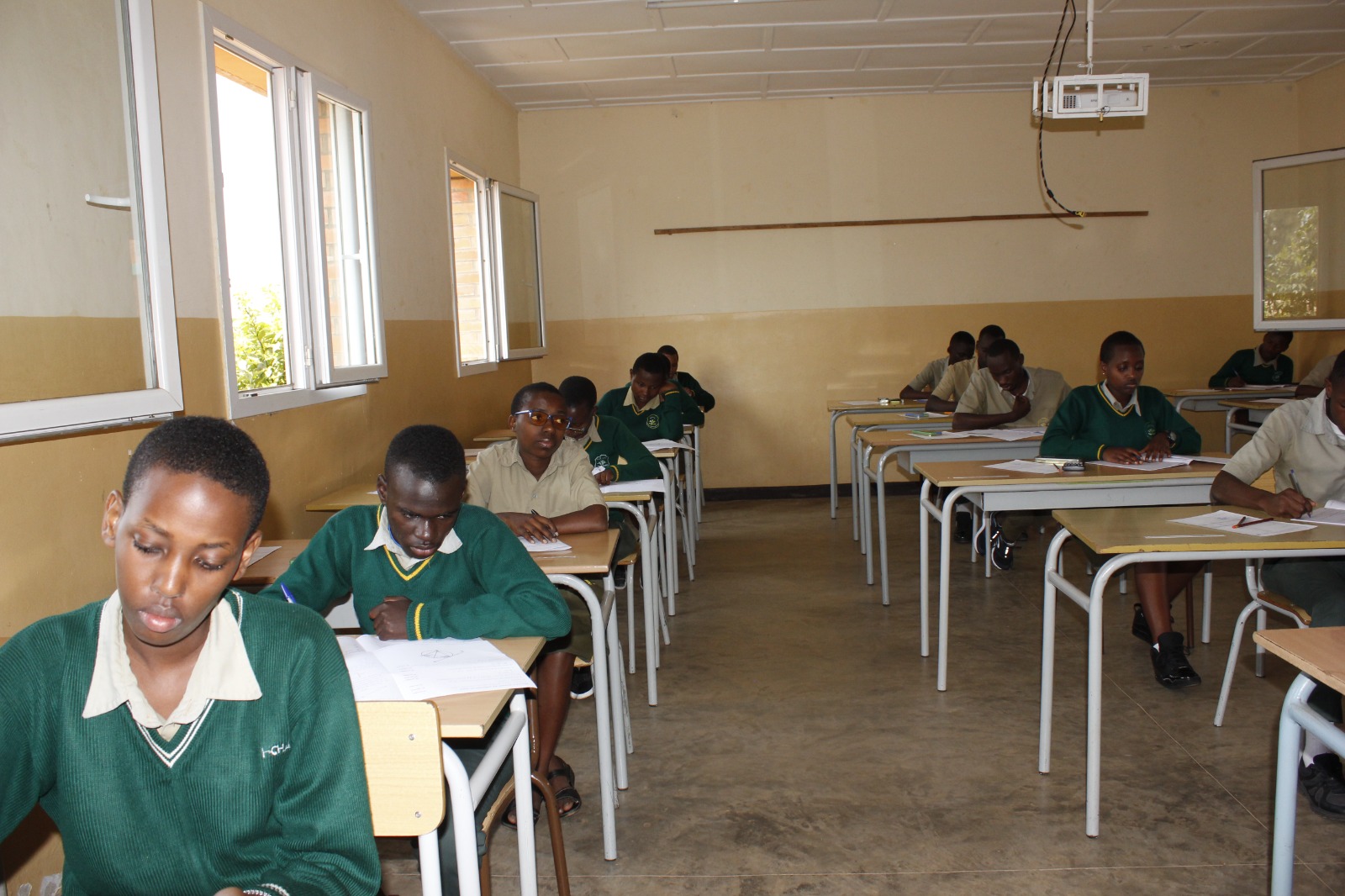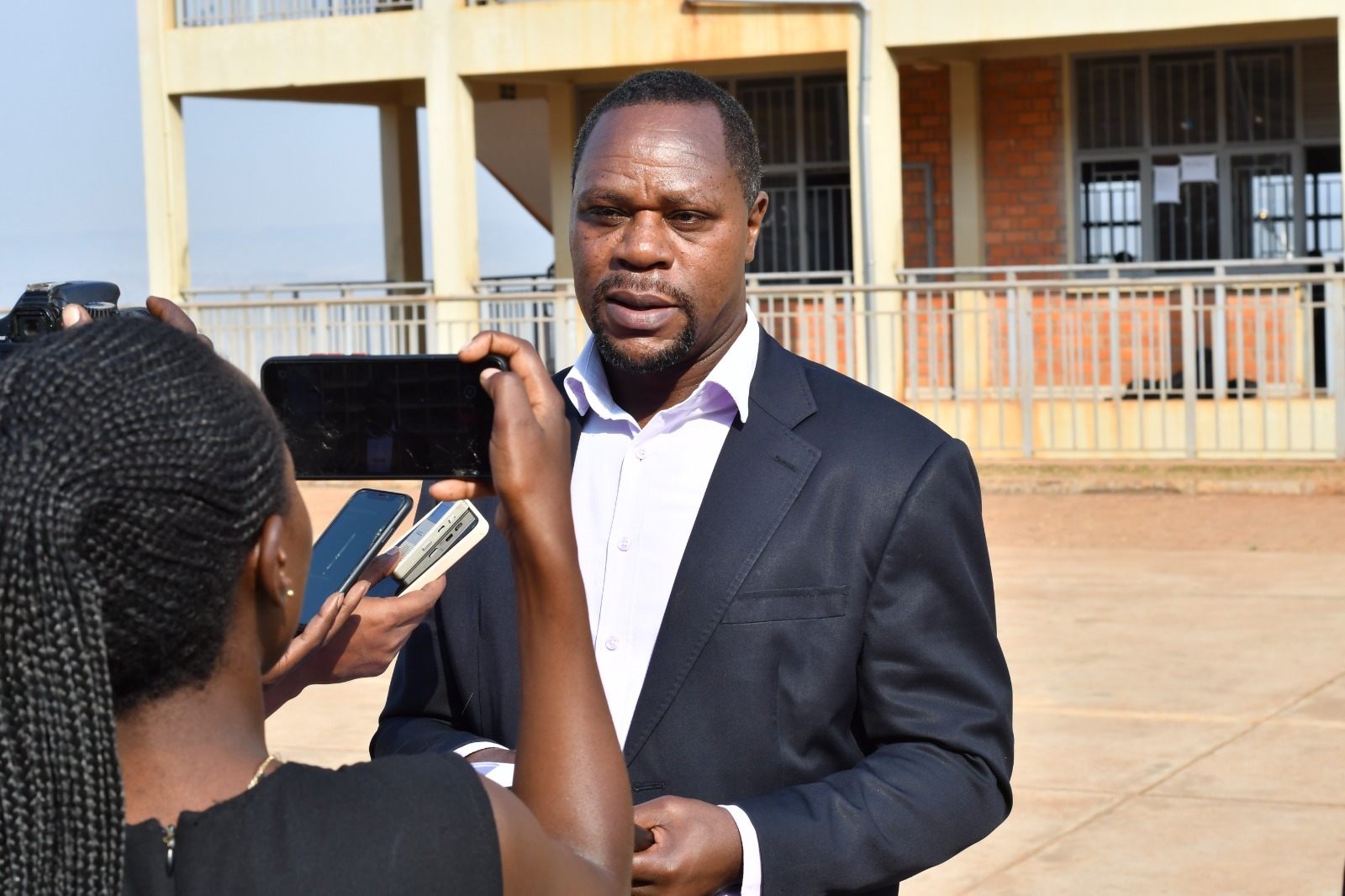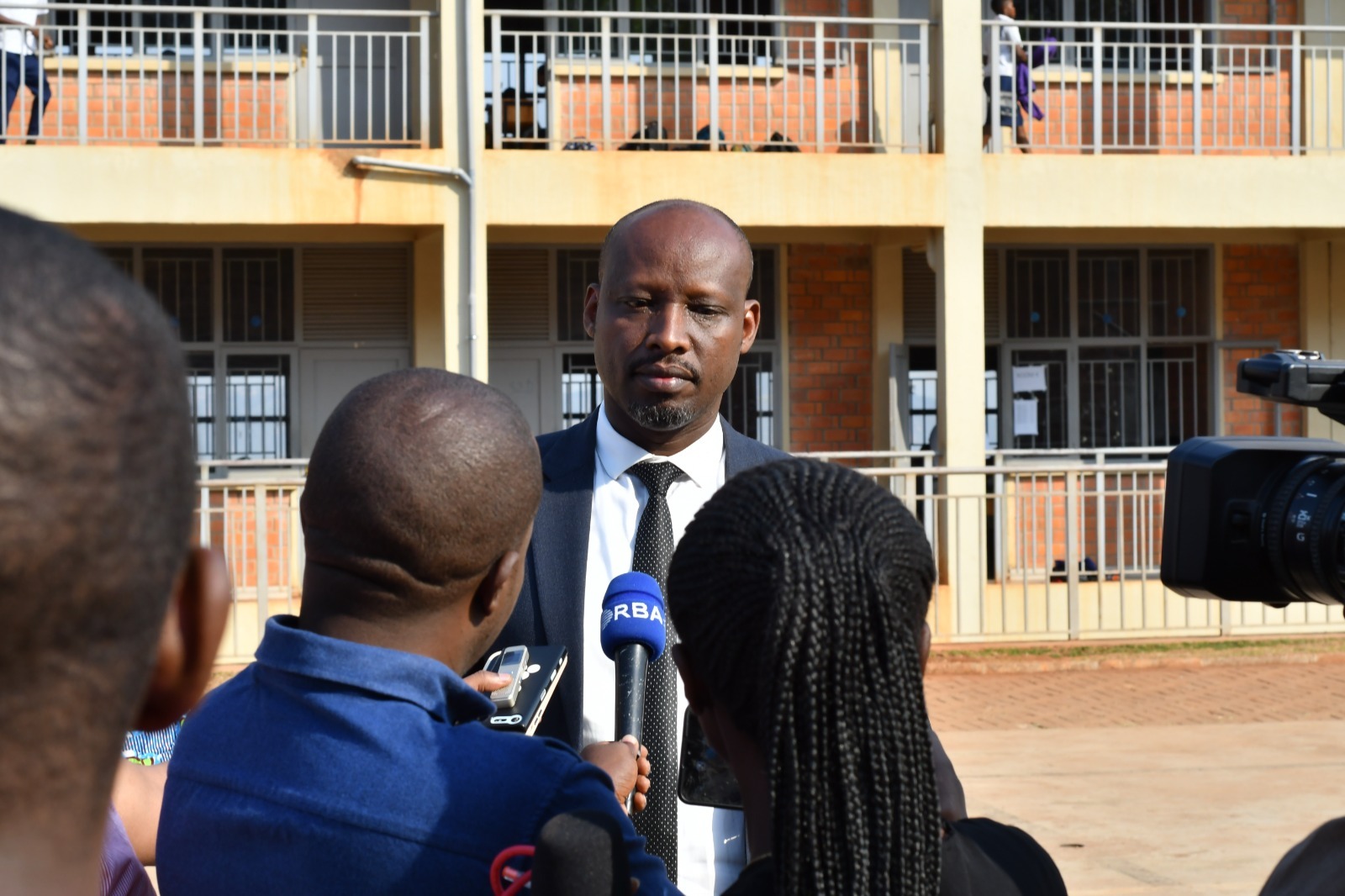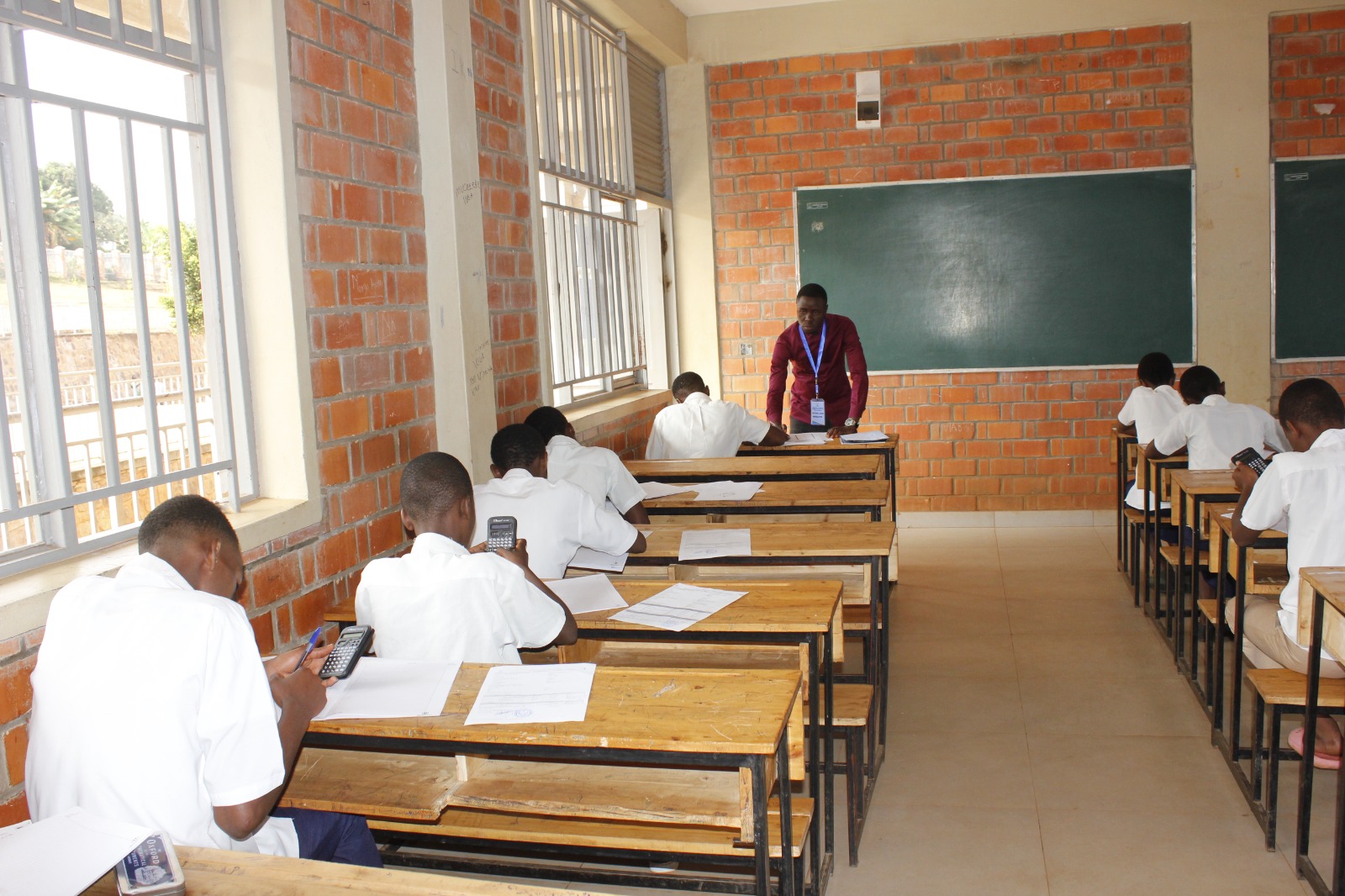
National exams kicked off Tuesday.
National secondary and technical education exams were officially launched today with changes in science exams to offer an opportunity for students to do practical exams without being in a physical laboratory.
Dr. Bernard Bahati, the Director of General of National Examination and School Inspection Authority (NESA) said that this is to accommodate students who do have access to laboratories.
“This time they will all have the same exam (alternative to practice) to enable all students with or without laboratories to be examined equally”.
Dr. Bahati explained that in the past, NESA has seen that students without access to science laboratories have had a low comparative advantage to succeed in lab practical exams.
“This alternative to practice means that the examination has been changed to an extent that they don’t have to do it in laboratories and only do it as a theory exam. That is what is new,” Bahati said.

Dr. Bahati said the changes are expected to give all students an opportunity.
The total number of high school graduates registered for the ordinary level exams is 131,535, including 58,005 boys and 73,530 girls, while the number of students sitting for the Advanced level is 48,674, including 27,367 girls and 21,307 boys.
The number of students who registered for the Teacher Training Colleges (TTC) examination is 3,994, including 1,708 males and 2,286 females, while the number of students who registered for the TVET is 28,196, including 12,967 males and 15,229 females.
In all these sections, Candidates with Disabilities are 1203 including 562 females.
Permanent Secretary in the Ministry of Education, Charles Karakye, who launched the examination exercise says that there has been improvement in preparing students and teachers to use, practice and conduct exams in the English language and this will be visible in the outcomes of their results.
Karakye stated there is a plan to train more than 102,000 teachers in the English language in order to improve the use of the language, with the support from foreign teachers including the recent ones hired from Zimbabwe.

PS Karakye



